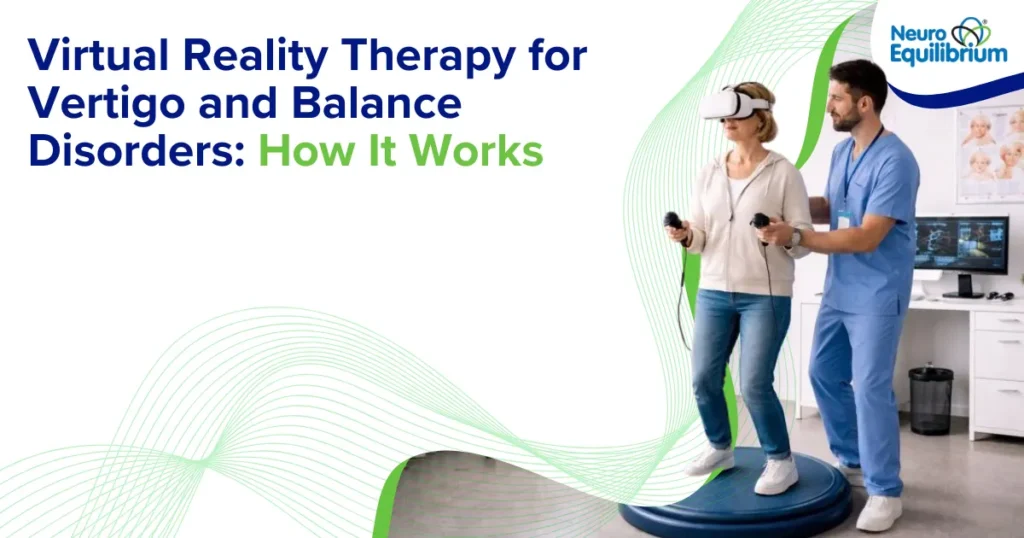
Imagine waking up in the morning suddenly feeling dizzy as you get up from bed. That’s what happened to Australian cricketer Steve Smith in 2020 on his tour to India. He talks about suffering from “a bad bout of vertigo” on getting up and was not sure whether he could play. His doctor diagnosed his problem to be BPPV and treated him with the Epley’s maneuver. He went on to score a century!
Explore More About BPPV:
- BPPV (Benign Paroxysmal Positional Vertigo): Causes and Symptoms
- BPPV Treatment: Epley Maneuver and Other Repositioning Techniques
So, what is BPPV?
Benign paroxysmal positional vertigo (BPPV) is a common cause of dizziness and vertigo, accounting for upto 20% of all cases. The episodic spells of spinning occur on change of position and typically last for less than a minute. The symptoms are usually worse in the morning. There may be unsteadiness on walking as well. It can affect all age groups; however, the incidence increases with increasing age. It can occur after injuries, going to odd positions, after surgery or prolonged bed rest and due to vitamin D deficiency. But in many cases, there is no identifiable cause.
BPPV is caused by the displacement of small calcium carbonate crystals, called otoconia, to a wrong position in the inner ear. These crystals are normally embedded in a gel-like otolithic membrane. BPPV occurs when the crystals are dislodged and move into one of the semi-circular canals of the inner ear. In this condition, the movement of the head can cause movement of the displaced crystals, triggering a sensation of dizziness or vertigo.
The diagnosis of BPPV is typically made based on symptoms, a physical examination, and positional tests. The positional tests involve rapidly moving the person’s head into different positions according to the orientation of the different semi-circular canals to see if it triggers dizziness or vertigo. BPPV affecting the posterior canal is tested by the Dix-Hallpike maneuver while horizontal canal BPPV is tested by the Supine Roll test. The positional tests will evoke a type of jerky eye movements called nystagmus. The positional tests are best recorded with VNG (Videonystagmography) for proper evaluation of the characteristic nystagmus.
Treatment of BPPV is done by specific maneuvers to reposition the displaced crystals back into their proper position. Different canals are treated with specific repositioning maneuvers. Posterior canal BPPV is treated with Epley or Semont’s maneuver. Horizontal canal BPPV is treated with Roll or Zuma maneuver. Most patients with BPPV do not require any medicines. Some patients may have some residual dizziness after the repositioning maneuvers. Vestibular rehabilitation is helpful to control this residual dizziness.
In conclusion, BPPV is a common disorder that affects the inner ear and causes episodes of dizziness or vertigo. It is caused by the displacement of crystals in the inner ear. It can be diagnosed with positional tests like the Dix-Hallpike maneuver and Supine roll test. Treatment for BPPV typically involves canalith repositioning maneuvers. It is important to receive a proper diagnosis and treatment in order to reduce the likelihood of recurrence.
















